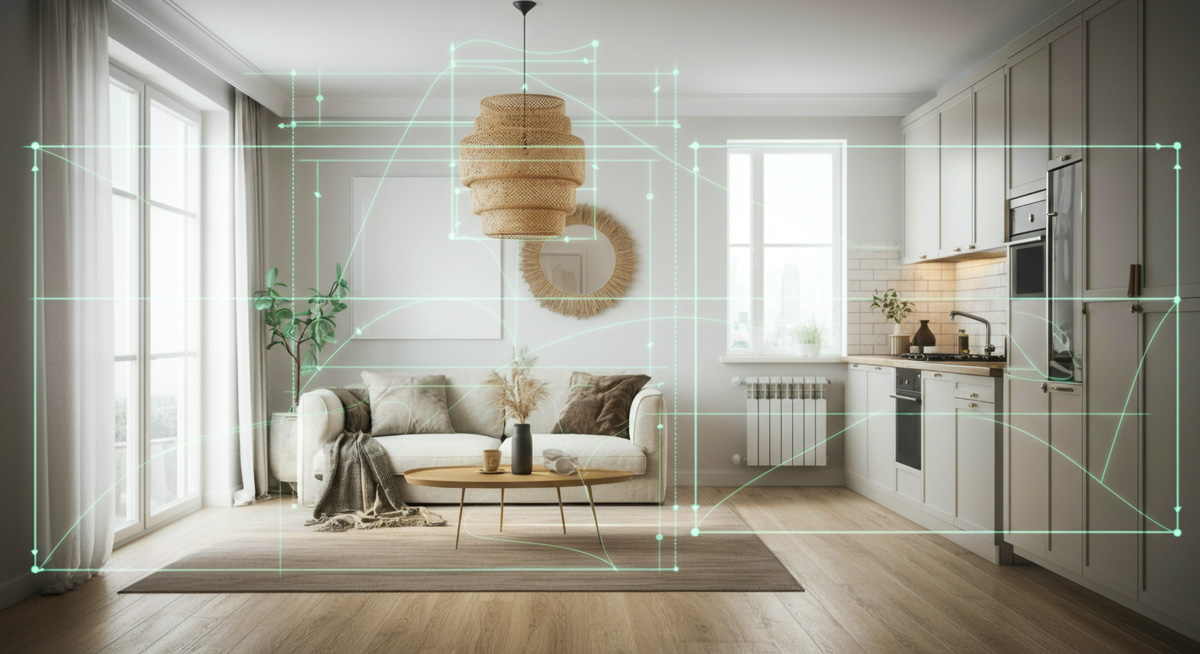
The potential of AI-powered photo editing is significant for real estate photographers. The promise of streamlined workflows and increased efficiency is highly attractive, especially for busy professionals. But how do these AI systems actually perform, and where do they still fall short? This guide aims to provide a realistic assessment of the current landscape, helping photographers make informed decisions about integrating AI into their workflows.
The Benefits: Speed and Efficiency
The core benefit of AI photo editing lies in its ability to automate repetitive tasks. Imagine uploading a batch of photos and having the AI automatically correct exposure, white balance, and even suggest optimal crops. This translates to significant time savings, freeing photographers to focus on shooting, client communication, and growing their business. For example, instead of manually adjusting the white balance on 20 photos of a single property, AI can often do this in seconds. Some platforms even offer AI-powered virtual staging and object removal, expanding the services photographers can offer and potentially increasing revenue. Consistency in editing style, crucial for maintaining a professional brand image, is another area where AI can excel, ensuring all images in a listing have a similar look.
The Limitations: Accuracy and Artistry
However, it’s essential to understand the limitations of current AI systems. While they handle routine adjustments with ease, they often struggle with more complex scenarios. Consistency can be an issue, particularly when dealing with varied lighting conditions or challenging compositions. An AI might perfectly enhance a well-lit interior shot but falter with a dimly lit room or a scene with mixed lighting sources. For example, if a room has both natural light from a window and artificial light from a lamp, the AI might struggle to balance the color temperature correctly.
Color accuracy is another significant hurdle. AI algorithms are trained on massive datasets, but they may not always capture the subtle color nuances that are critical for accurately representing a property. This can lead to photos that look artificial or misrepresent the actual colors of the space. Imagine a room with warm, wood paneling. The AI might neutralize the warmth, making the room appear colder than it actually is. Window masking, a crucial aspect of real estate photography, which requires balancing the interior and exterior light seen through windows, is another area where AI frequently struggles, often producing unnatural or inconsistent results. The delicate balance of light and shadow that makes a window view look realistic often eludes current AI algorithms, sometimes resulting in blown-out exteriors or overly darkened interiors.
Furthermore, the “personal touch” that a skilled human editor brings is often missing. AI can automate technical aspects, but it often lacks the artistic eye to make subtle adjustments that truly enhance a photo. Nuances in composition, lighting, and mood are often best addressed by a human who understands the emotional connection buyers have with a property. A human editor might choose to emphasize a particular architectural feature or brighten a specific area to highlight a selling point.
The Cost Factor:
It’s important to consider the pricing models of these AI services. Some charge per image, while others offer monthly subscriptions. Photographers should carefully evaluate their volume and budget to determine the most cost-effective option. Free trials are often available and are highly recommended to test the service with your own images.
The Future of AI in Real Estate Photography:
The most likely future involves a collaborative approach. AI can handle the bulk of routine edits, significantly reducing turnaround time and cost. Human editors can then step in to refine the AI’s output, ensuring color accuracy, resolving complex masking issues, and adding those crucial finishing touches. This hybrid model offers the potential for the best of both worlds. We may also see AI tools develop to better handle flash photography and more complex lighting scenarios. Furthermore, integration with other real estate platforms and marketing tools is likely.
Exploring AI Editing Platforms:
To help you navigate the options, here are some companies currently offering AI-powered real estate photo editing services (Note: This is not an endorsement of any specific service. Research and trial are recommended):
- Autoenhance.ai:
https://www.autoenhance.ai/ - AutoHDR:
https://www.autohdr.com/ - AI Home Design:
https://aihomedesign.com/photo-editing - Imagen AI:
https://imagen-ai.com/real-estate-photography/ - Perfecta: https://www.perfectaphoto.com/
Conclusion:
The best way to understand the current capabilities of AI editing is to experiment. Test these platforms with your own images, explore their features, and see how they fit into your workflow. By understanding both the strengths and weaknesses of AI, photographers can strategically leverage this technology to enhance their services and boost their efficiency. Don’t be afraid to combine AI tools with traditional editing software for a truly customized and professional result.
